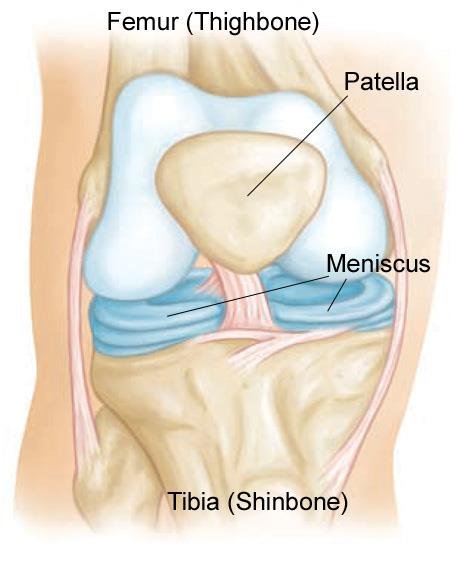
MORE ABOUT US
WHAT IS MENISCUS?
The meniscus is a C-shaped piece of cartilage in the knee that cushions and acts as a shock absorber between your thigh bone (femur) and shin bone (tibia). You have both an inner (medial) and outer (lateral) meniscus that help distribute the forces in the knee when you are weight-bearing. Meniscal tears can occur when the knee is forcefully twisted, sustaining a direct blow, deep squatting or during activities that require changing directions. As we age, this cartilage begins to lose elasticity and can easily be torn without any type of trauma.WHAT ARE THE SYMPTOMS OF MENISCUS INJURY OR TEAR?
Pain and swelling are the most common signs of an injury to your meniscus. If the tear occurs from a sudden injury, you may feel/hear a pop at the time of the injury. Swelling after the injury can often gradually increase over a 1-2 days period. You may also feel like your knee is “locked” where you are unable to move it through the full range of motion. If your tear is more of a chronic degenerative tear, you may just have symptoms of pain, swelling & stiffness off and on based on your activity level.
HOW IS A MENISCAL TEAR DIAGNOSED?
The story and symptoms often suggest a meniscal tear. Your doctor will examine the knee. Certain features of the examination may point towards a meniscal tear. With the help of non-invasive investigations like an X-ray of the knee and MRI scan of the knee the diagnosis of meniscal injury is confirmed.
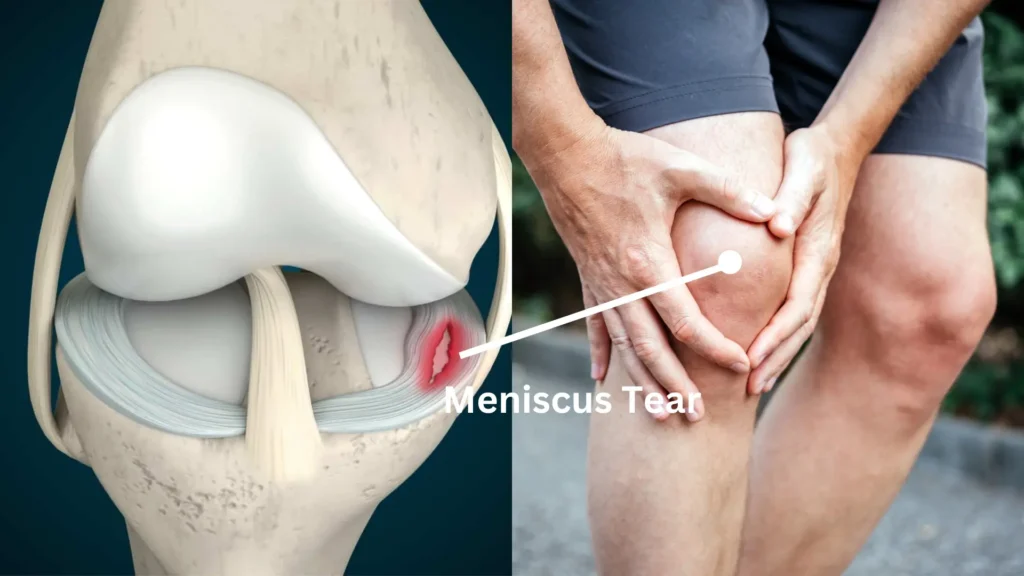
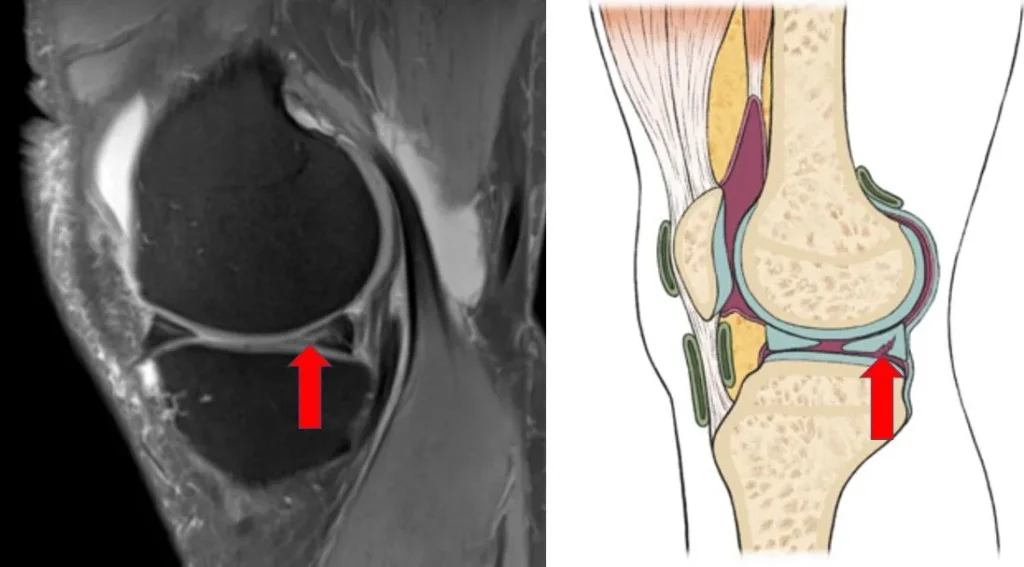
WHAT IS THE TREATMENT FOR A MENISCAL TEAR?
Initial treatment should follow the simple PRICE method to protect from further injury.1. Rest (crutches for the initial.2. 4-48 hours).3. Ice (apply ice wrapped in a towel, keep moving the injured area for 48 hours after the injury).4. Compression with a bandage, and above the level of the heart if necessary).5. Elevation (above the level of the heart). These actions, combined with analgesics, help to settle the initial pain and swelling. Further treatment will depend on: The size of your meniscal tear, the severity of your symptoms and your age.Non-operative treatment Small tears may heal by themselves in time, usually over about six weeks. Some tears which do not heal & cause long-term persistent troublesome symptoms which may require surgical intervention.
WHAT DOES SURGERY INVOLVE?
Most operations are done by arthroscopy. The torn meniscus may be able to be repaired and stitched back into place. In some cases, where repair is not possible, a small portion of the meniscus may be trimmed or cut out to even up the surface.ARTHROSCOPY This is a procedure to look inside a joint by using an arthroscope. Arthroscopy can be used to diagnose and treat meniscus tears. We use latest techniques to repair the meniscus tear, which do not cause hard body on articular surfaces as depicted in the image.
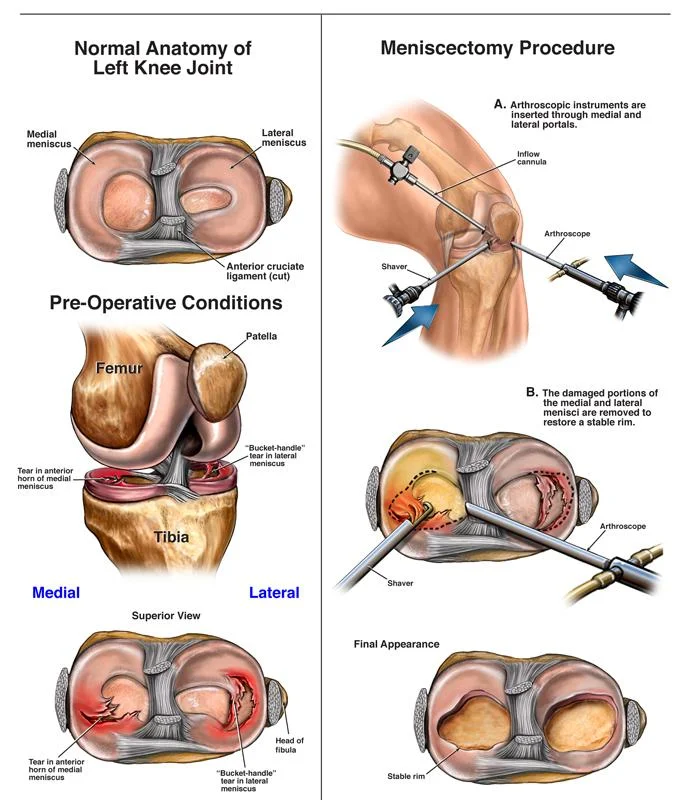
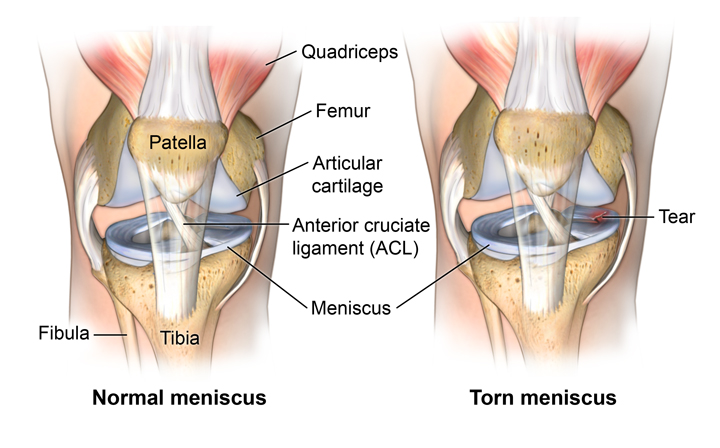
POST SURGERY REHABILITATION PROTOCOL
you are allowed to walk with support immediately after surgery with partial weight bearing, for 3-4 weeks. And full weight bearing will be allowed afterwards. You are allowed to go office after 3 days.POST OP REHABILITATION
STATIC QUADRICEPS EXERCISES
sit flat on a flat surface with legs extended out straight, placing a rolled towel under your heel. Do this 3-4 times per day for 10-15 min every session.ACTIVE STRAIGHT LEG RAISE
While lying down on flat surface, lift your operated limb without bending your knee.KNEE RANGE OF MOTION EXERCISE
Lie flat of the bed, fold your knee as much as possible and maintain it there for 10 seconds and then straighten it. Repeat this 10 times for 4-5 times a day.
